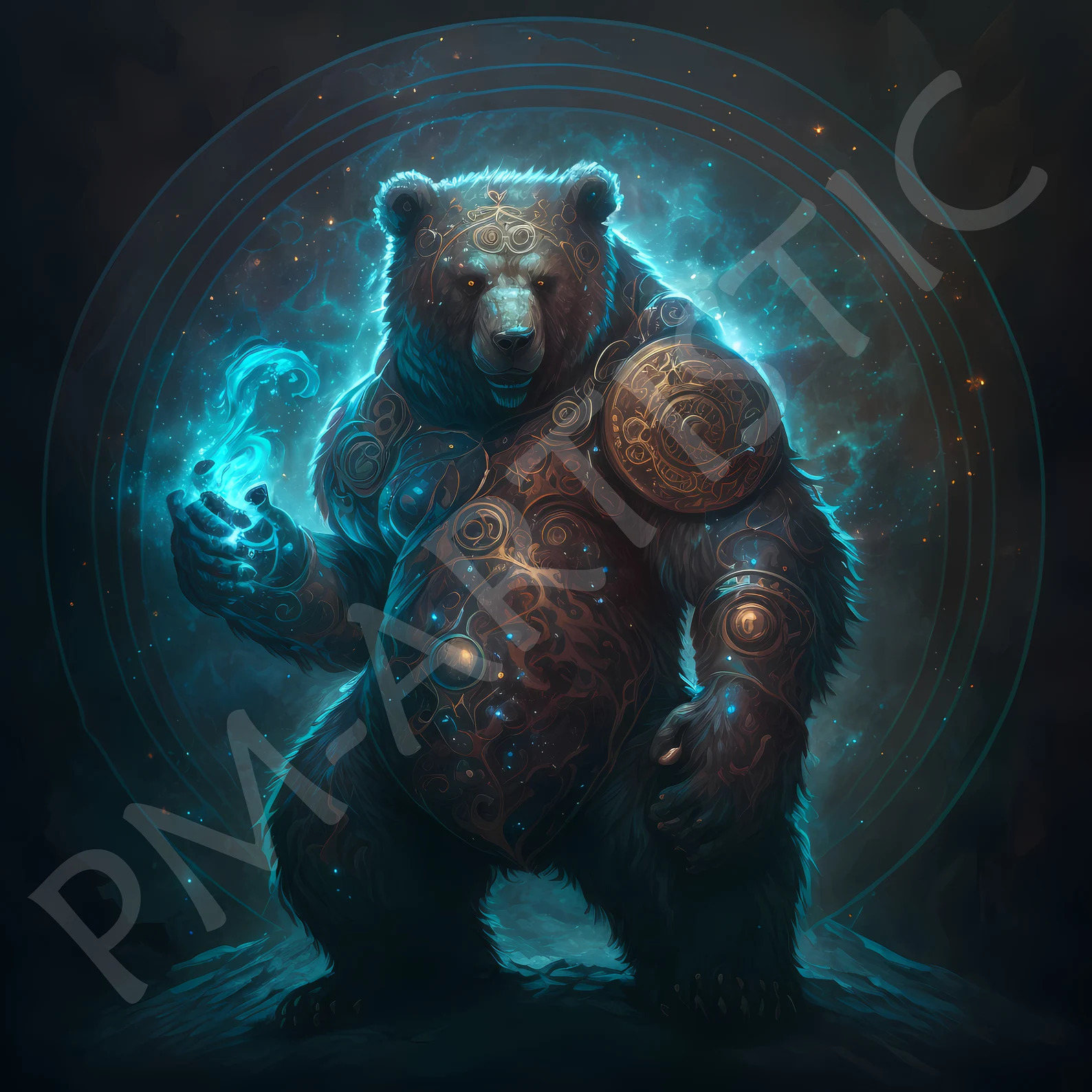...dream logic, this unrealistic sequence of events, this alien disjuncture with cause and effect, which is 100% true of AI systems today...
We still don't really know how the brain picks the memories to use in constructing a given dream. We don't know if the face of the stranger in our dream comes from stored memories, for which we've forgotten the context, or are constructed on the fly by putting together individual features from an assortment of memories. We're not sure what guides the behaviors, feelings, and personalities ascribed to the characters in our dreams. We don't know how the narrative structure of the dream is woven into a whole, or how emotions are brought into these narratives. And we have no idea how this entire process rises to consciousness in the form of dreams. (266)
...a latent space is some underlying 'hidden' representation for a given distribution of raw data ...an encoder is an unsupervised learning technique that uses neural networks to find non-linear latent representations for a given data distribution...Nobody knows exactly why transformers work so well, or even what they actually learn; there is no fundamental theory for deep learning that can explain all of this, these networks are sort of too big and complicated for us to fully understand currently. Most of what we have are just these crazy empirical results like DALL-E ...No one can fully explain it; it just works.

(lots more at deepdreamgenerator.com, "the ultimate AI image generator")
(personifying/ursinizing the delivery of Fate)
I tried google, which knew of 'cosmic bear' (plenty of that) but disclaimed knowledge of any 'cosmic bear paw' ... but did cough up this image:

(via Etsy)
The Ruliad ...the computational universe from which all potential realities or perceptions of realities are derived. From the computational 'space' one might plot out humanity's intellectual movements as belonging to a given sector or cross section. Wolfram defines it as "the entangled limit of everything that is computationally possible: the result of following all possible computational rules in all possible ways...
If that than which nothing greater can be conceived
Can be conceived not to exist,
Then 'tis not that than which nothing greater can be conceived
This is unquestionable I insist.Thus spake St. Anselm,
Thus spake St. Anselm,
Ever remembered though centuries dead
And we're awed as we read his proof so ontological
Would that we could understand what he said.
An internet meme keeps on turning up in debates about the large language models (LLMS) that power services such OpenAI's ChatGPT and the newest version of Microsoft's Bing search engine. It's the "shoggoth": an amorphous monster bubbling with tentacles and eyes, described in "At the Mountains of of Madness", H.P. Lovecraft's horror novel of 1931. When a pre-release version of Bing told Kevin Roose, a New York Times tech columnist, that it purportedly wanted to be "free" and "alive", one of his industry friends congratulated him on "glimpsing the shoggoth. [...]Lovecraft's shoggoths were artificial servants that rebelled against their creators. The shoggoth meme went viral because an influential community of Silicon Valley rationalists fears that humanity is on the cusp of a "Singularity", creating an inhuman "artificial general intelligence" that will displace or even destroy us.
But what such worries fail to acknowledge is that we've lived among shoggoths for centuries, tending to them as though they were our masters. We call them "the market system", "bureaucracy" and even "electoral democracy". The true Singularity began at least two centuries ago with the industrial revolution, when human society was transformed by vast inhuman forces. Markets and bureaucracies seem familiar, but they are actually enormous, impersonal distributed systems of information-processing that transmute the seething chaos of our collective knowledge into useful simplifications...
(Henry Farrell and Cosma Shalizi, "Behold the AI Shoggoth", The Economist 6/21/2023)
(RLHF is 'reinforcement learning from human feedback')
...the "Sage." This figure represents wisdom and knowledge. As AI comes into play, we may see the rise of the "Algorithmic Oracle." With access to vast amounts of data, this archetype may derive wisdom not from human experience, but from patterns and insights mined from Big Data....AI, with its diverse array of "intelligences", is teaching us that intelligence isn't a monolith. There's the calculated logic of decision-making algorithms, the creative prowess of neural networks generating art, and the pattern-recognition brilliance of natural language processing models. Each AI system demonstrates a unique flavor of "intelligence", distinct yet interconnected, expanding our perception of what it means to be "intelligent."
At the same time, AI is nudging us to revisit the concept of consciousness. While true AI consciousness — an AI system that experiences subjective awareness — remains a topic of speculation and debate, AI is forcing us to reevaluate our understanding of it...
How utterly dream-like.